 您的购物车当前为空
您的购物车当前为空
N-cis-octadec-9Z-enoyl-L-Homoserine lactone
一键复制产品信息Quorum sensing is a regulatory process used by bacteria for controlling gene expression in response to increasing cell density. This regulatory process manifests itself with a variety of phenotypes including biofilm formation and virulence factor production. Coordinated gene expression is achieved by the production, release, and detection of small diffusible signal molecules called autoinducers. The N-acylated homoserine lactones (AHLs) comprise one such class of autoinducers, each of which generally consists of a fatty acid coupled with homoserine lactone (HSL). AHLs vary in acyl group length (C4-C18), in the substitution of C3 (hydrogen, hydroxyl, or oxo group) and in the presence or absence of one or more carbon-carbon double bonds in the fatty acid chain. These differences confer signal specificity through the affinity of transcriptional regulators of the LuxR family. C18:1-δ9 cis-(L)-HSL is a long-chain AHL that may have antimicrobial activity and thus, might be used to inhibit pathogenesis by regulating bacerial quorum sensing signaling.

N-cis-octadec-9Z-enoyl-L-Homoserine lactone
一键复制产品信息Quorum sensing is a regulatory process used by bacteria for controlling gene expression in response to increasing cell density. This regulatory process manifests itself with a variety of phenotypes including biofilm formation and virulence factor production. Coordinated gene expression is achieved by the production, release, and detection of small diffusible signal molecules called autoinducers. The N-acylated homoserine lactones (AHLs) comprise one such class of autoinducers, each of which generally consists of a fatty acid coupled with homoserine lactone (HSL). AHLs vary in acyl group length (C4-C18), in the substitution of C3 (hydrogen, hydroxyl, or oxo group) and in the presence or absence of one or more carbon-carbon double bonds in the fatty acid chain. These differences confer signal specificity through the affinity of transcriptional regulators of the LuxR family. C18:1-δ9 cis-(L)-HSL is a long-chain AHL that may have antimicrobial activity and thus, might be used to inhibit pathogenesis by regulating bacerial quorum sensing signaling.
| 规格 | 价格 | 库存 | 数量 |
|---|---|---|---|
| 5 mg | ¥ 1,290 | 35日内发货 | |
| 10 mg | ¥ 2,200 | 35日内发货 | |
| 25 mg | ¥ 4,970 | 35日内发货 | |
| 50 mg | ¥ 9,630 | 35日内发货 |
N-cis-octadec-9Z-enoyl-L-Homoserine lactone 相关产品
产品介绍
| 产品描述 | Quorum sensing is a regulatory process used by bacteria for controlling gene expression in response to increasing cell density. This regulatory process manifests itself with a variety of phenotypes including biofilm formation and virulence factor production. Coordinated gene expression is achieved by the production, release, and detection of small diffusible signal molecules called autoinducers. The N-acylated homoserine lactones (AHLs) comprise one such class of autoinducers, each of which generally consists of a fatty acid coupled with homoserine lactone (HSL). AHLs vary in acyl group length (C4-C18), in the substitution of C3 (hydrogen, hydroxyl, or oxo group) and in the presence or absence of one or more carbon-carbon double bonds in the fatty acid chain. These differences confer signal specificity through the affinity of transcriptional regulators of the LuxR family. C18:1-δ9 cis-(L)-HSL is a long-chain AHL that may have antimicrobial activity and thus, might be used to inhibit pathogenesis by regulating bacerial quorum sensing signaling. |
| 分子量 | 365.558 |
| 分子式 | C22H39NO3 |
| CAS No. | 1400974-23-3 |
| 存储 | Powder: -20°C for 3 years | In solvent: -80°C for 1 year | Shipping with blue ice/Shipping at ambient temperature. | ||||||||||||||||||||||||||||||
| 溶解度信息 | DMSO: 20 mg/mL (54.71 mM), Sonication is recommended. Ethanol: 2 mg/mL (5.47 mM), Sonication is recommended. DMSO:PBS(pH7.2) 1:1: 0.5 mg/mL (1.37 mM), Sonication is recommended. DMF: 20 mg/mL (54.71 mM), Sonication is recommended. | ||||||||||||||||||||||||||||||
溶液配制表 | |||||||||||||||||||||||||||||||
Ethanol/DMSO/DMF
DMSO/DMF
| |||||||||||||||||||||||||||||||











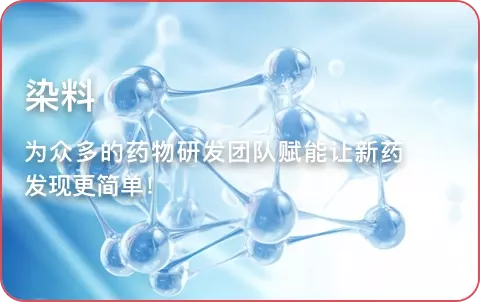



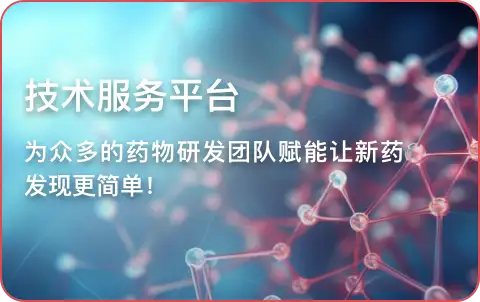

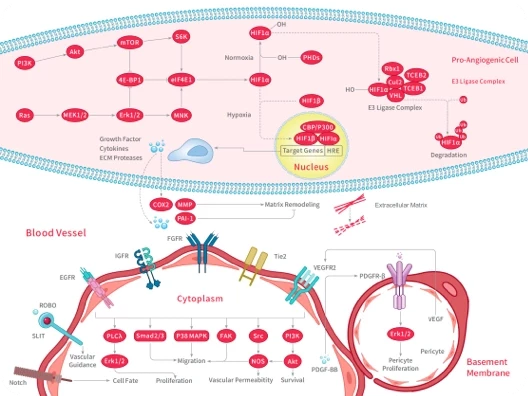
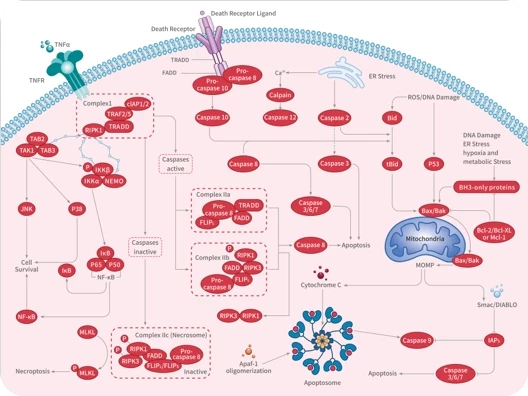
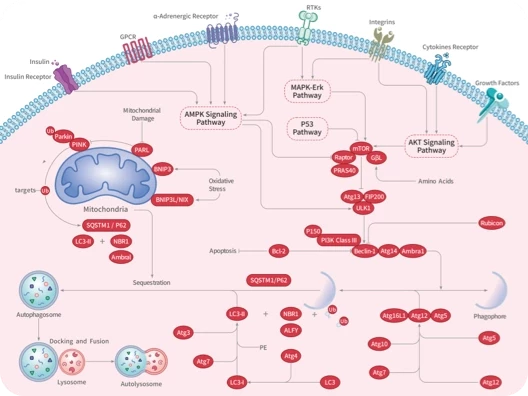

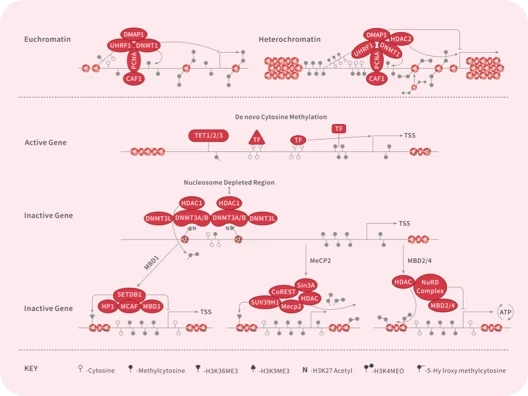
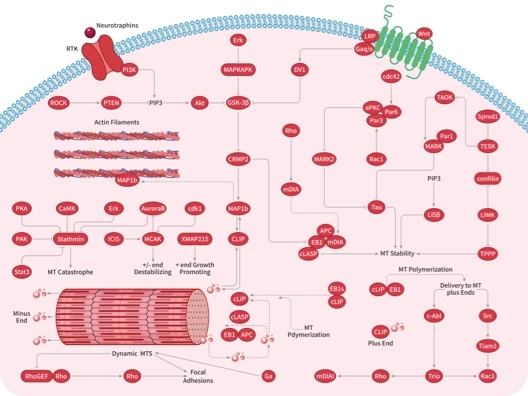
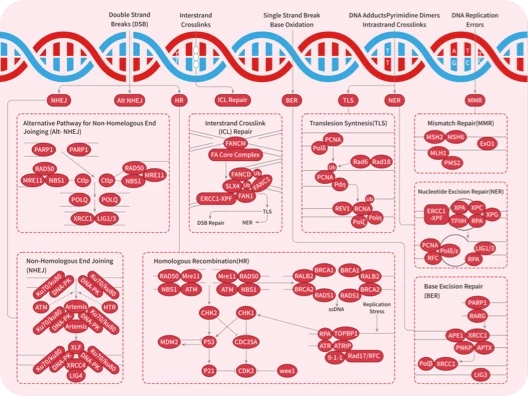
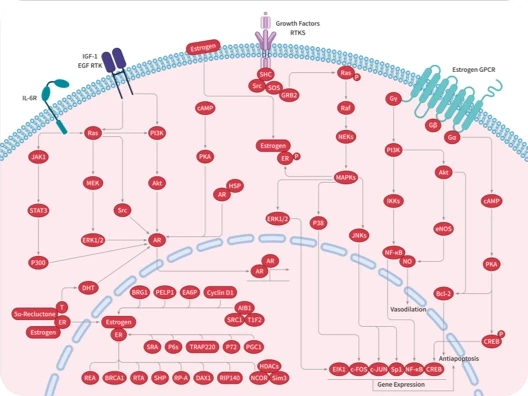
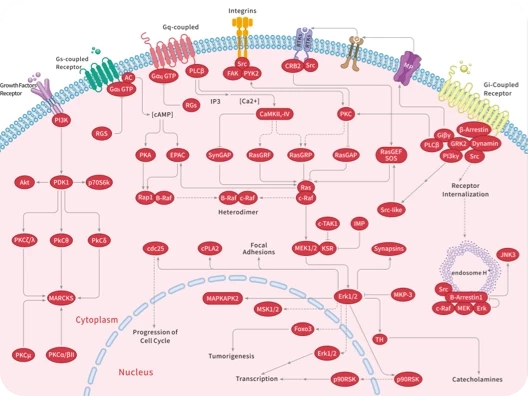
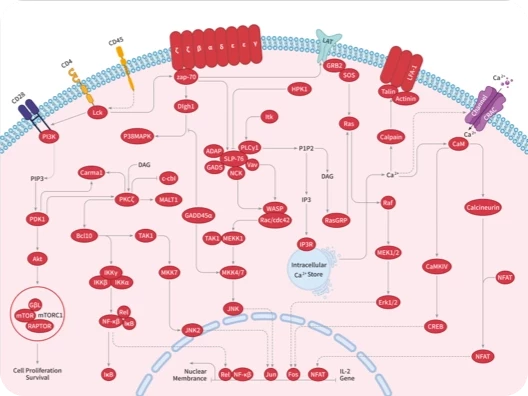
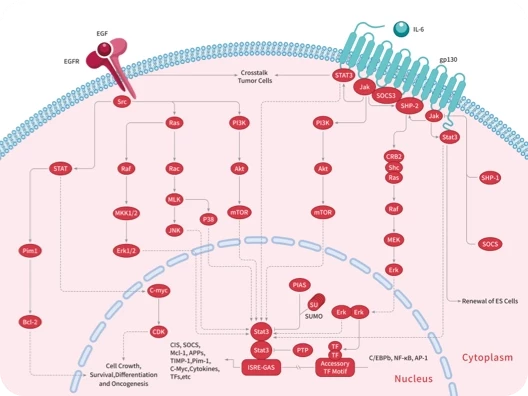

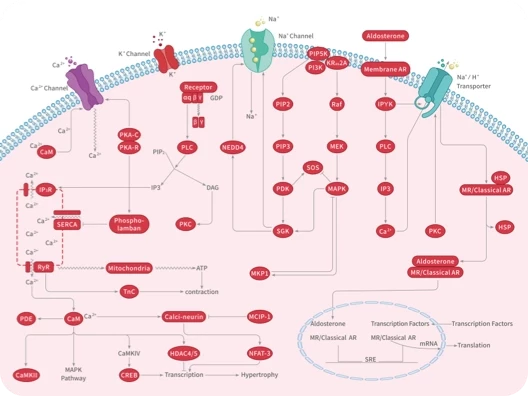
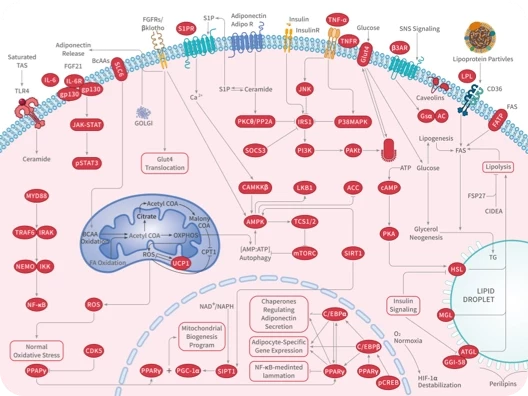
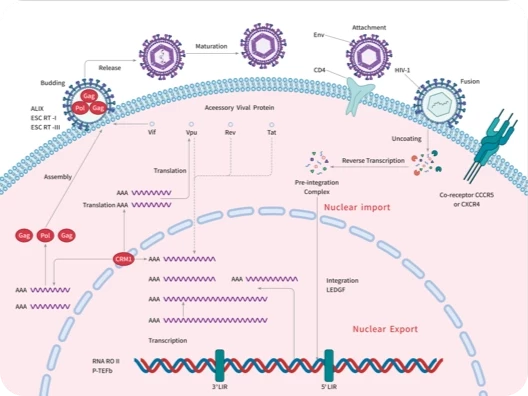

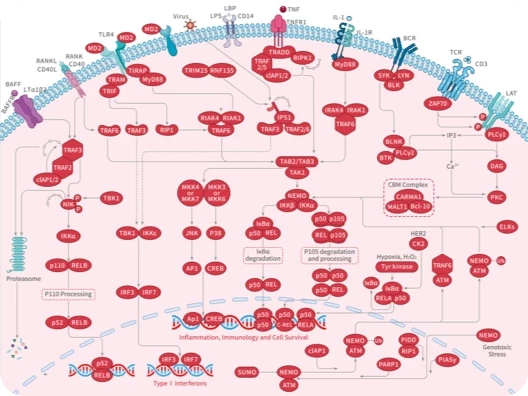
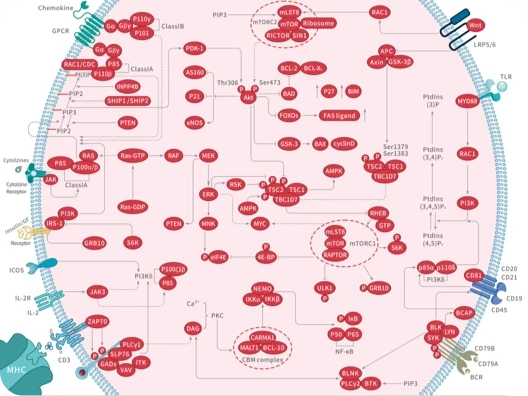
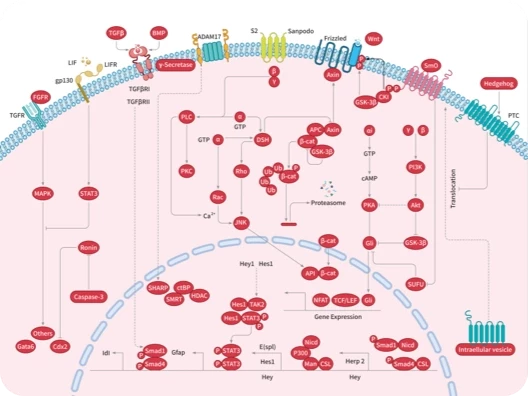
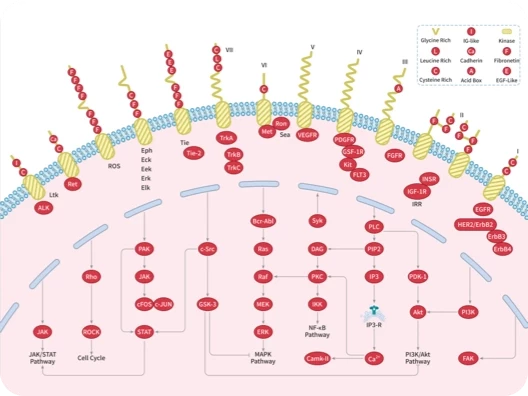



 还可以
还可以

 |
|
评论内容